The enigma surrounding the Beaumont children is the most infamous and renowned cold case in Australian criminal history involving the mysterious disappearance of Beaumont children, will turn 56-year-old in January of next year. There is still no strong or verifiable information as to what truly happened to the children.
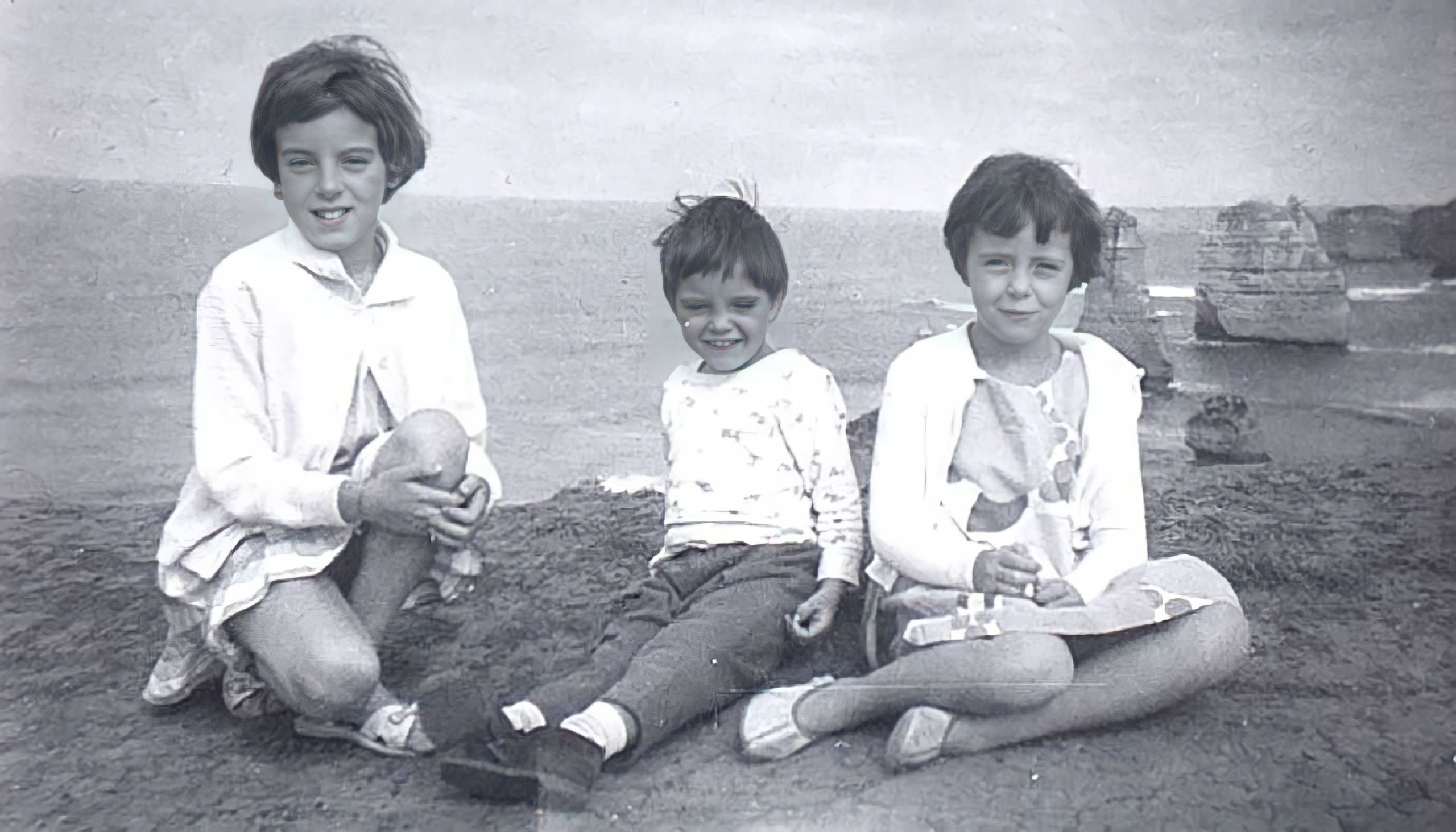
Jane Natarre Beaumont, nine years old, her seven-year-old younger sister Arnna Kathleen Beaumont, and their four-year-old brother Grant Ellis Beaumont suddenly vanished without a trace on January 26, 1966.
The youngsters resided in a suburb of Adelaide, South Australia, with their parents, Jim and Nancy, and frequently visited Glenelg, a famous and well-known beach resort. We must remember that throughout the 1960s, crime was very low, particularly in Australia, which was then considered a developed nation, and society in general was viewed as a safe environment, even for children.
Jane, Arnna, and Grant Beaumont frequently went outsider to play and have fun. However on that bright January day it was a national holiday “Australia Day”, and their parents saw no reason to prevent them from going to the near beach.
Jane had precociously mastered the local bus routes, so this was not the children’s first outing without their parents’ supervision. They had completed the same journey the day before. Thus, the programme they would do on the seashore would be regular and ordinary. After all, the beach was only a five-minute ride away, and the Beaumont children had always returned home safely. However, on January 26, 1966 they didn’t.
The Beaumont children: Sudden disappearance
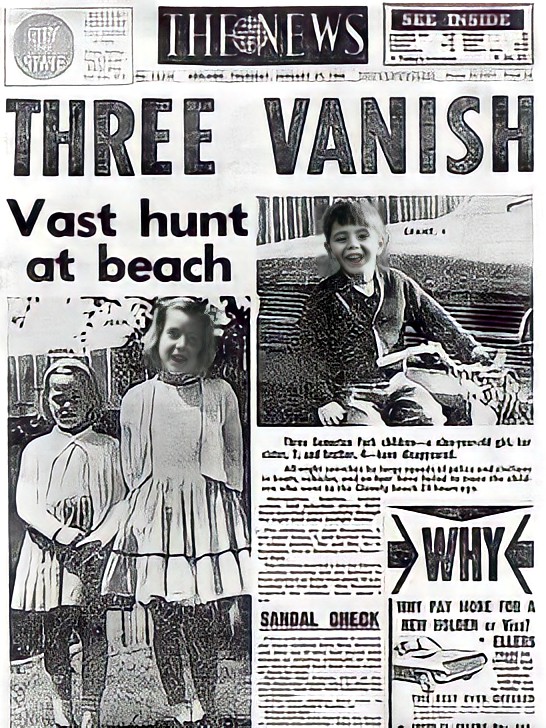
Jane, the oldest daughter, was considered responsible enough to care for her younger sister and younger brother, so the children, after listening to their mother’s recommendations, saved the money for public transportation and lunch, and they took the 8:45 a.m. bus, which arrived at the beach in just about five minutes, with the intention of spending a pleasant morning by the sea and expected to return home by two o’clock.
Jim, the children’s father, arrived home from work at 3:00 p.m. and seeing his kids hadn’t returned, he immediately headed to Glenelg Beach to locate them. He checked the bus station and combed the beach but came up empty-handed. Jim and Nancy then went door-to-door in their area in search of their children.
When that failed, the parents went to the Glenelg Police Station at 7:30 p.m. and reported their children missing. From that point on, what would become Australia’s most infamous investigation into the disappearance of Beaumont children started.
In search for a predator
The following day, the public was given a USD 250 prize for any information leading to the childrens’ finding. Several leads indicated that the children were spotted in the presence of a tall guy and it seemed that they were delighted to join him.
Many witnesses saw that strange, tall guy enticing the children away however, he was never recognised. In the years since, there has been no trace of life. The mystery of the Beaumont children has remained unresolved for more than a half-century. Following that, the information the Beaumonts got about their children was scant.
Despite the fact that a local marina was emptied after a lady reported speaking to three children who matched the Beaumont children’s descriptions there on January 26, still nothing was found.
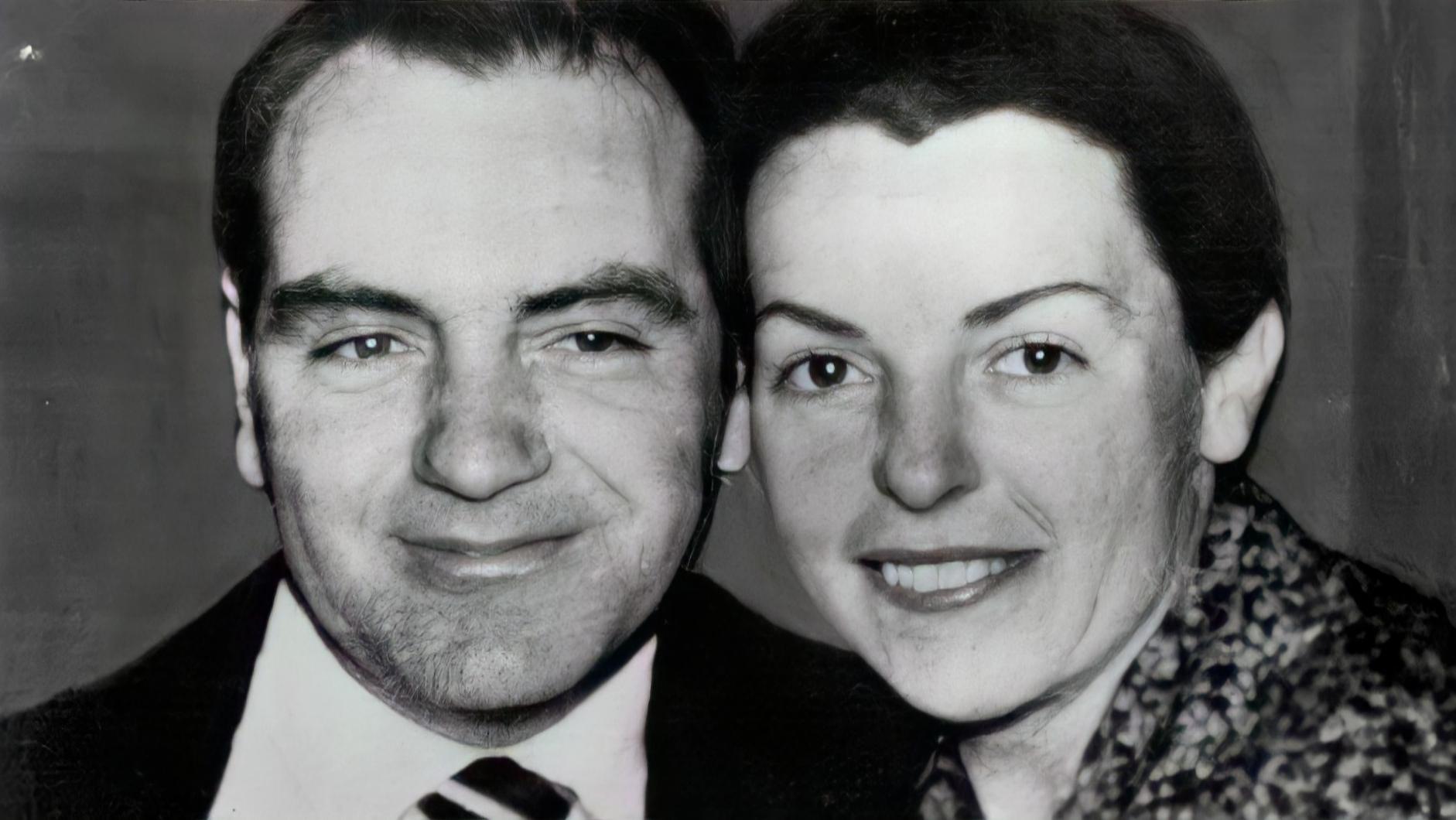
When the children’s parents, Jim and Nancy, claimed that Jane, the eldest, was too quiet and shy in the company of strangers, the police began to suspect that they had been abducted by someone they knew, and that they had gained the children’s trust and friendliness by socialising with them previously.
Witnesses on Glenelg Beach that day described a tall, thin man in his 30s. He was characterised as a “sun-baked swimmer” in a blue Swimsuit, escorting a bunch of kids into the distance. Some said that the youngsters seemed to be at ease with the stranger, like if they knew him.
A postman, who also knew the kids, claimed to have seen them that day, between early and mid-afternoon. They were joyful and smiling, and from the direction they were walking, they appeared to be returning home. According to his statement, they were not accompanied by any adults up to that point. Although his statement was seen to be trustworthy, there were disagreements over the precise time of day he would have seen the children.
According to investigators, Arnna had previously told her mother that Jane “had a boyfriend down the beach.” Initially disregarded as a lighthearted jest about a boy Jane met on a previous excursion, Nancy Beaumont now suspected that this sun-kissed predator had befriended her children a long time ago.
The possible suspects

From there, the police pursued literally hundreds of leads, with the sun-baked perpetrator’s sketch plastered all over the television, hundreds of people approached the police claiming to have seen him that day, but nothing came of it and the vast majority of which turned out to be empty, useless, and ineffective conjecture.
Following an aggressive start to the investigations, the absence of results immediately hampered the case’s development, which quickly calmed down. Various suspects were interviewed throughout the years, including well-known child predators, and several linkages were made, largely of a speculative character, with other incidents of missing children that happened subsequently in different areas of Australia.
In November 1966, police flew in a Dutch clairvoyant called Gerard Croiset in search of answers. Croiset stated that he saw the Beaumont children buried in a warehouse kiln near their school in his mind.
Locals organised a citizens’ action group and raised USD 40,000 for the demolition and excavation of the property. The year-long investigation began and ended with officials discovering nothing in front of media crews.
According to another suggestion, the Beaumont children were residing in Victoria’s Mud Islands. In 1968, the whole crew of a British ship stationed there at the time was questioned, but no information was obtained.
The allegations of a Perth lady who claimed to have lived next door to the children in a barren railway hamlet between West and South Australia for nine months in 1966 were more encouraging. However, no hints were discovered there, either.
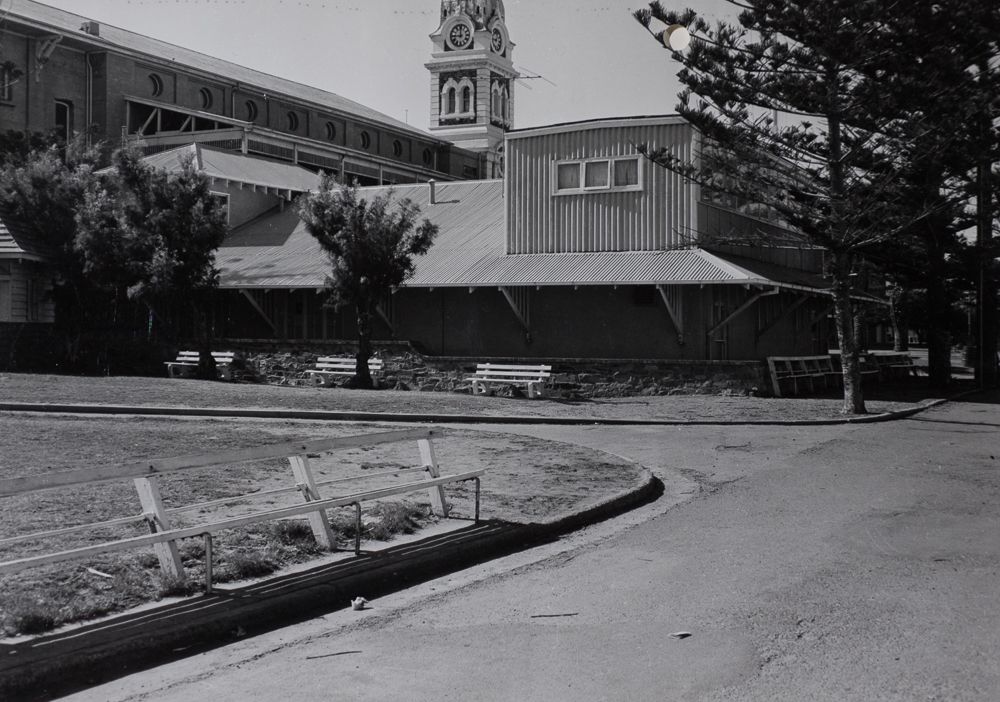
The case looked to be on the verge of being solved in March 1986, when officials discovered three suitcases in a home rubbish can. Newspaper articles concerning the children were packed into the cases, with lines and headlines scratched out and foreboding comments written in red ink. One remark stated, “Not on the sand hills, in the sewage drain.” After it was revealed that these records were nothing more than the fragments of an old amateur detective who had been following the case with zeal, her relatives threw them out when she died.
Stanley Swaine, a veteran officer on the case, became convinced in 1997 that a lady in Canberra was indeed adult Jane Beaumont. Police investigated and questioned the woman, but she was found not to be the perpetrator.
Around the 40th anniversary of the children’s abduction, Tasmanian Police Commissioner Richard McCreadie speculated that the kidnapper may have been James O’Neill, a convicted child killer. Derek Percy, another child murderer, was also interrogated in connection with the case, but both were ruled out. Sue Laurie’s disclosures in 1998 were the most encouraging.
At an Adelaide soccer game in 1973, she openly remembered seeing a fight between a grandpa and his sobbing grandchild. As he took her out of the stadium, the girl started kicking him in the shins. Years later, Laurie found that the two were not connected at all, and that the little girl had vanished. Several witnesses had given police descriptions of the guy, who was skinny, in his 40s, and resembled the 1966 police drawing.
The rabbit hole was further dug in 2013 when two brothers informed authorities that on Australia Day 1966, a factory owner called Harry Phipps had instructed them to build a trench on the site.
The location was explored that year and again in 2018, but only “non-human bones” were discovered. Despite this, Phipps’ own son stated that his father sexually assaulted him as a child and that he believes his father was implicated in the abduction of the Beaumont children.
Authorities questioned a child molester in 2016, who lived at Glenelg Beach and worked as a Boy Scout leader in Adelaide in 1966. Once again, no solid evidence surfaced.
Final words
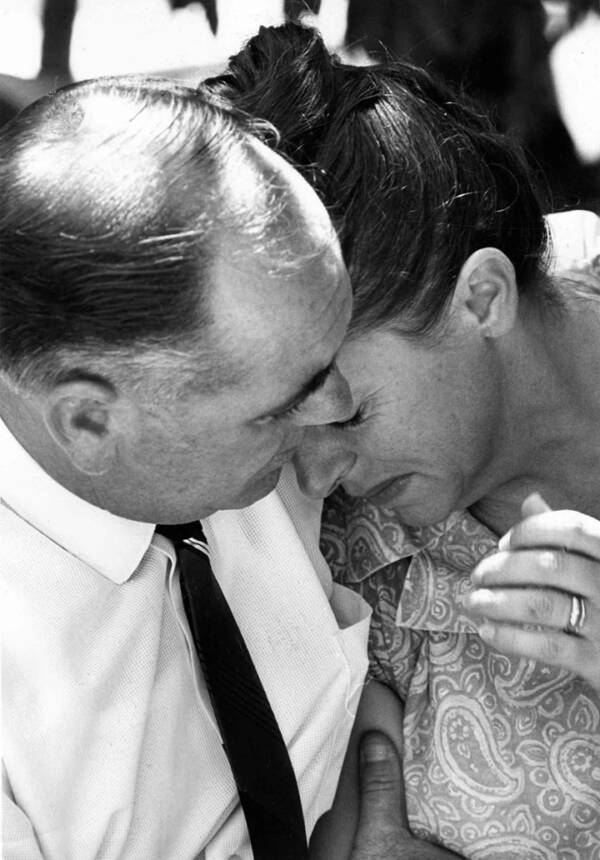
At one point, the locals began to accuse the children’s mother of being involved, which was tragic. Nancy Beaumont, 92, died at a care facility in Adelaide in 2019. Her husband, whom she divorced during the trauma of 1966, is still alive and well in Adelaide.
Nonetheless, the years passed, and the studies yielded no results. Because no remains were ever discovered, the potential of murder could never be proven. The police would have worked out all of the potential ideas and conjectures throughout the years, following all of the essential clues, but with no convincing findings.
Even the assistance of a well-known European clairvoyant proved ineffective. The case is still unsolved to this day, making it one of the most notorious cold cases in Australian criminal history. Many people are still curious about what happened to the Beaumont children.
Then again, many individuals would want to believe they are alive and well – and if they were, they will now be middle-aged adults. The odds are that they were victims of a horrific sexual predator who killed them and then abandoned their corpses, or that they were abducted and then sold for non-specific but surely not charitable purposes.
The loss of the Beaumont children is still the longest-running missing person case in Australian history. The case is still being explored in books, movies, and true crime podcasts.
But in the end, the terrible fact and the most plausible realization that remains for the police, the Australian people, and the children’s parents is that the Beaumont children may be long dead, still imprisoned, or living freely the truth will likely never be clarified.




